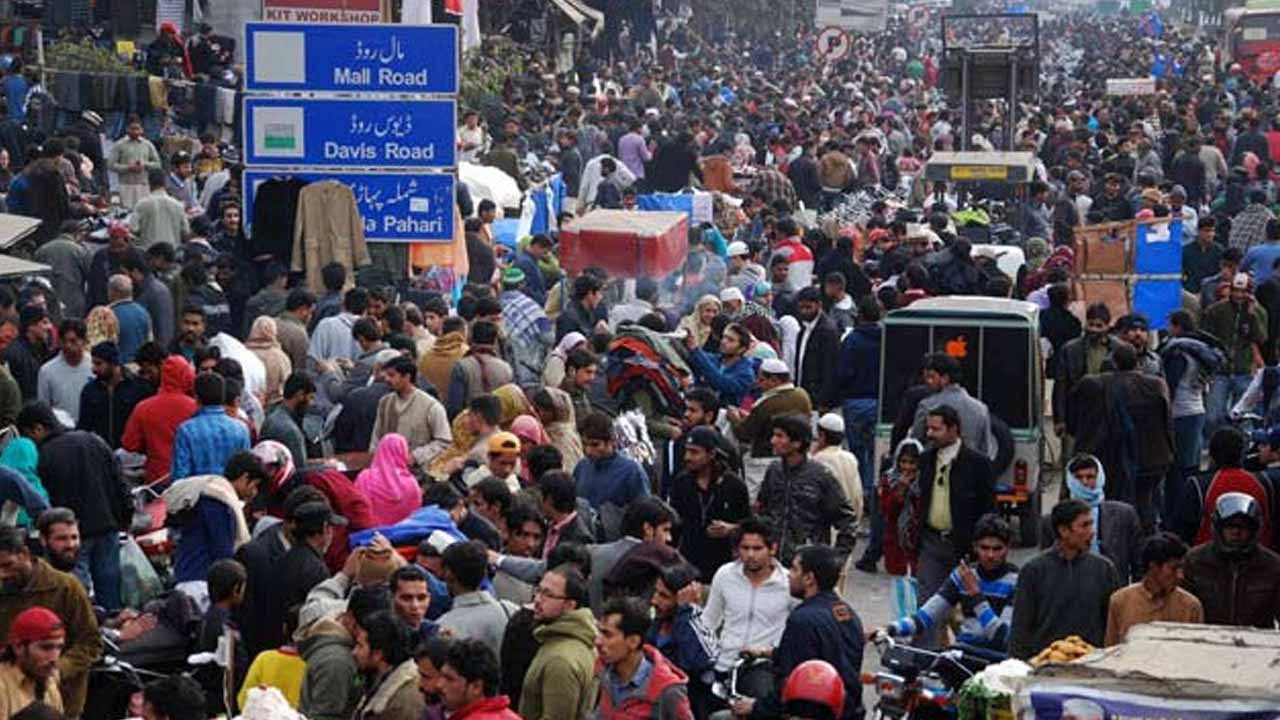According to the United Nations’ recently released “World Population Prospects 2022” report, Pakistan’s population is expected to increase by 56 percent by 2050, from 220 million to 366 million.
The global population is currently 7.7 billion and is projected to reach 8 billion by the end of 2022, according to a recent report. Although the global population has decreased by 1 percent, the population is expected to peak in 2080 at 10.4 billion. This is earlier than the previous projection of 2100.
The report also cites Pakistan as a major contributor to the population spike. In the 1990s, the country’s population was estimated at 114 million people, ranking it eighth in the world. Despite difficulties with fertility in married couples and lifestyle changes, Pakistan has managed to jump to fifth on the list.
It was revealed at the 8th Midsummer Endocrine Updates Conference of the Pakistan Endocrine Society (PES) that around four million married couples in Pakistan were infertile. The conference, titled ‘Endocrinology for the Future’, was held in May 2022. Health experts attribute changes in lifestyle to the low birth rates.
On 11 July, President Arif Alvi in a message on World Population Day shared, “Council of Common Interests (CCI) has approved a set of eight recommendations and the National Action Plan (NAP) in consultation with the provincial and regional governments to address the matters related to population in the country inclusively.”
The President expressed optimism that Pakistan would take concrete measures to meet its international obligations, as well as implement the National Action Plan and the recommendations of the Council of Common Interests, by engaging all relevant stakeholders and partners.
As outlined in a 2014 World Bank report, an increasing number of Pakistani men are turning to family planning in response to the challenges of raising larger families. This 56 percent increase presents a challenge for Pakistan in terms of generating additional revenue for existing educational, healthcare, and other governmental expenditures. Given that Pakistan is currently among the top 10 destinations for refugees and asylum seekers, this issue is of particular importance.












